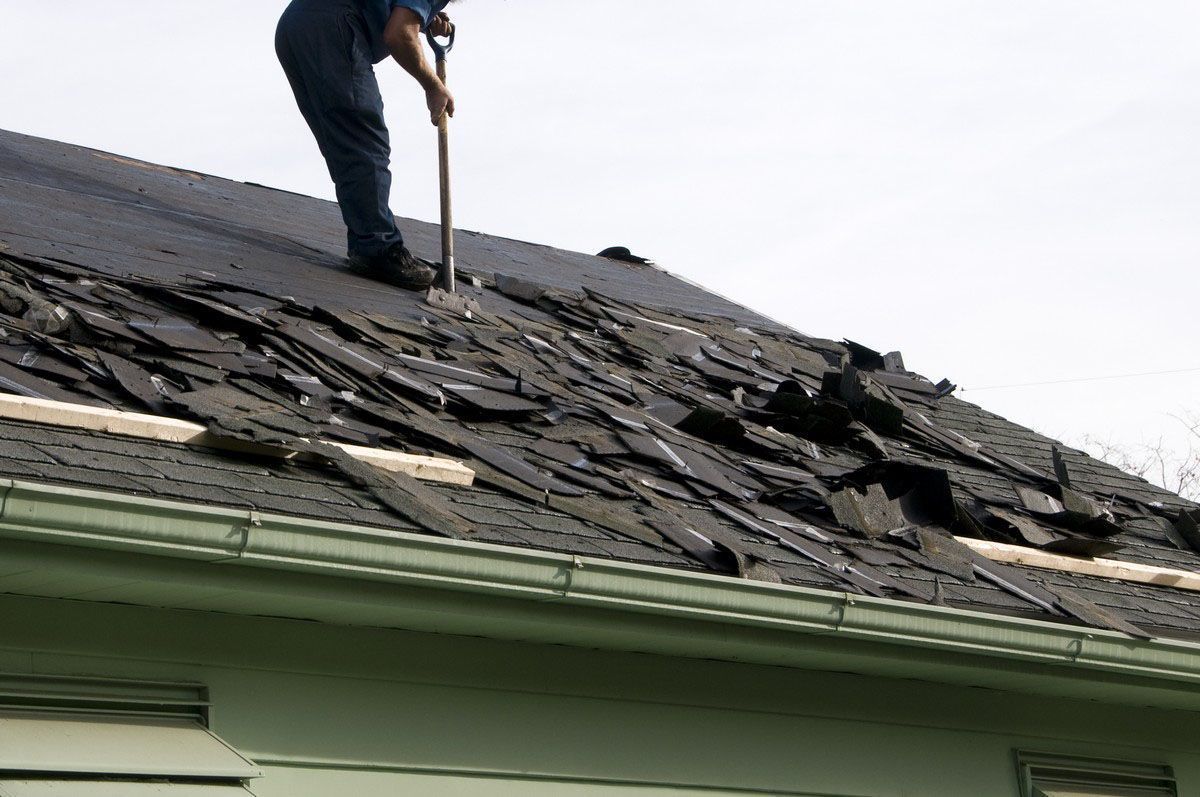Recent Blog Posts
Expert Roofing Services
Bradenton, FL Area
10-Year Workmanship Warranty
Product Warranties Available
Discounts Available for Veterans and First Responders
Request Estimate
Hero Request Form
Thank you for contacting us.
We will get back to you as soon as possible.
Please try again later.
Reliable Roofing Solutions for Your Home
Richardson-Stinton Roofing stands as a beacon of excellence in the roofing industry, serving Bradenton, FL, and the surrounding Manatee and Sarasota Counties. Our multi-generational business brings over 40 years of combined experience to every project, ensuring that your roof is in the most capable hands. We understand the unique challenges posed by Florida's climate and local building requirements, allowing us to provide roofing solutions that not only meet but exceed expectations.
At RS Roofing, we pride ourselves on our ability to offer faster response times and same-week estimates, recognizing that roofing issues often require prompt attention. Our locally and family-owned business ensures that you receive personalized service with direct communication from our experienced staff. We offer a 10-year workmanship warranty on our services, along with product warranties to protect your investment. Contact us today for your roofing needs!
Why Choose RS Roofing
Multi-Generational Business
Fast Response Times
Knowledge of Local Weather Patterns and Building Requirements
Personalized Services
Long-Term Community Relationships
Over 40 Years of Combined Experience


Roofing Installation
Our team of skilled roofers brings decades of experience to every project, ensuring that your new roof is installed with precision and care. We use only high-quality materials that are designed to withstand Florida's challenging weather conditions, from intense sun to heavy rains and occasional hurricanes.
Roof Repairs
When it comes to roof repairs, RS Roofing offers swift and effective solutions. We understand that a damaged roof can lead to significant problems if not addressed promptly. Our team is equipped to handle a wide range of repair needs, from minor leaks to more extensive damage caused by severe weather.


Roof Replacement
RS Roofing approaches each replacement project with meticulous planning and execution. We guide you through the process of selecting the best roofing materials for your home, considering factors such as durability, energy efficiency, and aesthetic appeal.

Honoring Heroes With
Veteran Discounts
As a thank-you for their service, we proudly offer special discounts to all military veterans on our roofing services.
Call today and ask about our veteran savings!

Saluting First Responders With Special Discounts
To show appreciation for their dedication and bravery, RS Roofing offers exclusive discounts to first responders on all roofing services.
Claim your first responder discount today
Here's what our satisfied customers are saying...
At Richardson-Stinton Roofing, we take pride in providing exceptional roofing services to our customers. We would be grateful if you could share your thoughts about our services with others. Your feedback helps us improve and helps others make informed decisions. Please take a moment to leave a review of Richardson-Stinton Roofing and let others know what you think.








